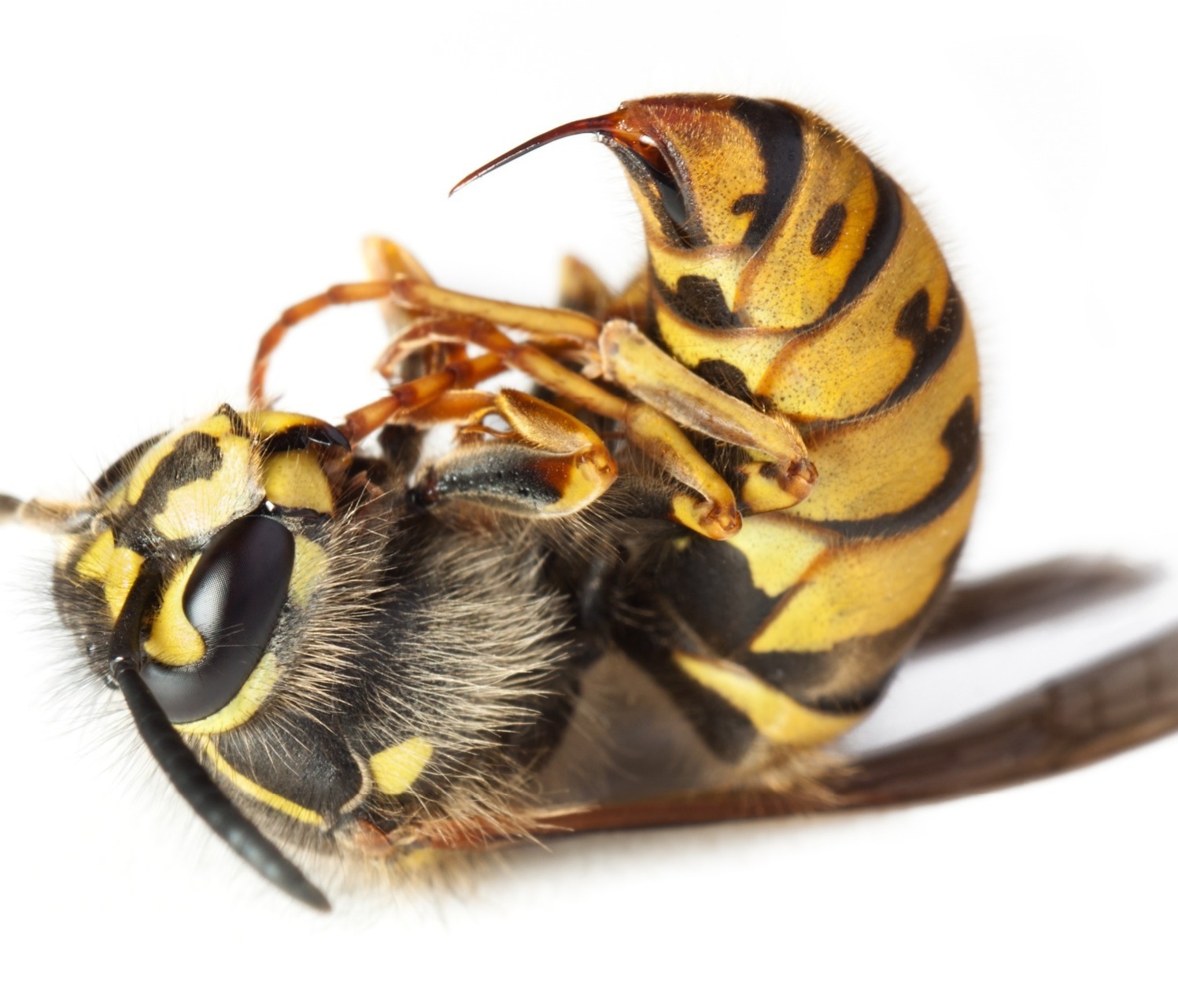Wasp nest removal across Reading
Posted on 14th May 2019 at 14:24
This is our first proper wasp nest in Reading, Berkshire carried out today 14th of May: very small but you can see the capped off cells where the larvae are starting to pupate - we took a video of the nest: see below.
Wasp nests always start from scratch, the new Queen emerges from hibernation in early spring and she sets about building a new nest for herself and her brood.
The actual wasp nest material is made from wood pulp and you can often see wasps crawling on wooden surfaces stripping material for nest building. The internal construction of the nest is honeycomb in shape; this is the strongest structure for the least amount of material.
Wasps will build their nest in many different locations, we travel all over Reading and deal with the nests in lofts, sheds, holes in the ground and even inside car engine compartments.
There are two distinctive types of wasp nest - the common wasp builds a cream coloured nest and the European wasp forms a grey coloured nest - from personal experience the grey ones are the ones we watch out for as these are extremely aggressive.
Its a very small nest and you can see in the foreground of the video the larvae (maggots), these will then pupate into drones - the wasps that we commonly see flying around and their job is to bring back food for the other larvae. This carries on and the nest builds, eventually the Queen gets sealed inside and her job is just to carryon laying eggs = more drones means more insects caught, more food means more eggs laid which in turn means .... more wasps.
Wasps themselves don't eat the insects that they catch, these are chopped up and mixed with saliva and fed as a sort of insect porridge to the larvae. The larvae then defecate which is thought to be a sweetish liquid which the wasps (drones) eat, drones don't have teeth. What they do have is a set of sharp mandibles for chopping the insects and if tangled in hair they can give a painful bite, along with that painful sting!
If left this nest would continue growing in size and eventually the Queen may produce somewhere in the region of 10 to `15 thousand drones through the course of her life, as her lifecycle spins to its conclusion she will produce next years batch of Queen wasps; these may stay in the old nest where they will hibernate, emerging in the spring and starting the process anew.
Here at Reading Pest Control we guarantee all the wasp and hornet treatments that we carryout, when treated we should see a rapid decline in wasp activity within thirty minutes and allowing for foraging drones to come back to the nest, all activity will cease overnight.
If you live anywhere in the Reading area and across Berkshire and need a treatment for either wasps or hornets use a professional pest controller like us: recent changes to the legal use of insecticides means that some previously used chemicals arn't allowed to be used in a range of sitiuations.
By using a professional pest controller who are insured and members of one of the trade bodies means that you have their experience and training at hand, and that when carrying out pest control treatments they are complying with all the legal aspects, leaving you safe in the knowledge that things are being done correctly.
Tagged as: Bee's and wasps
Share this post:












